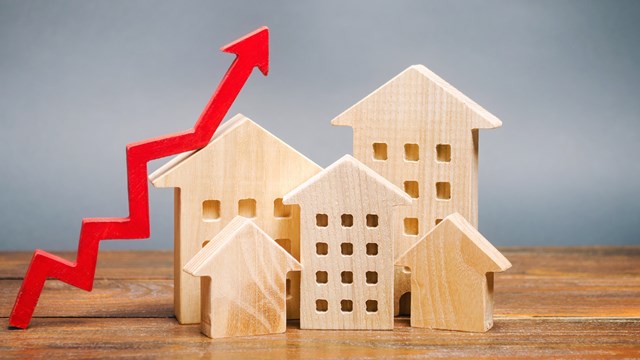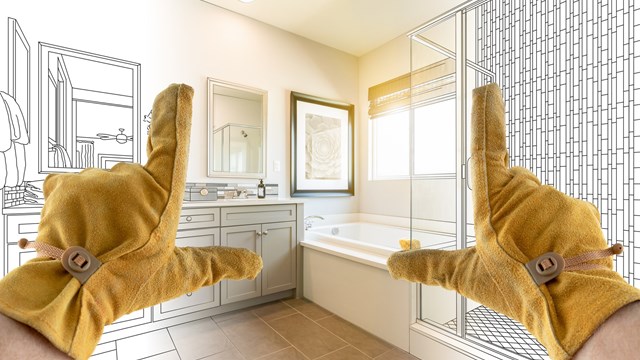New York City home sales volume (including co-ops, condos, and one- to three-family dwellings) rose to a total of 12,721 in the second quarter of 2017 -- a 15 percent improvement over the same period last year, according to the latest report by the Real Estate Board of New York (REBNY).
That total was the result of each of the boroughs experiencing an increase in home sales during that quarter year-over-year: Manhattan with 3,268, an increase of six percent; the Bronx with 1,024, a jump of 15 percent; Brooklyn with 3,034, a rise of 15 percent; Queens with 3,984, up by 17 percent; and Staten Island with 1,411, an increase of 37 percent.
Meanwhile, the average sales price for homes in the city went up during the second quarter of 2017 to $1,050,000, up three percent from last year's same period. Each of the boroughs experienced increased average sales prices year-over-year as well: Manhattan by one percent to $2,149,000: Brooklyn by 19 percent to $977,000; Queens by nine percent to $561,000; the Bronx by nine percent to $416,000; and Staten Island by 12 percent to $498,000.
Additionally, the report said the average sales price for a condo unit in New York City fell three percent to $1,889,000 in the second quarter of 2017, compared to the second quarter of 2016, when it was $1,945,000. (According to REBNY, “This decline is not indicative of weakness in the market, but rather a larger share of home sales occurring outside of Manhattan, where prices are lower.") Meanwhile, the average of sales price of a co-op unit increased by seven percent to $795,000 in this year's second quarter over last year's same period. For one- to three-family homes, the average sales price in the city was $757,000, up eight percent year-over-year.
The same study also said that New York City's residential sales market rose 19 percent in citywide consideration (monetary value for completed transactions during the second quarter of 2017, totaling $13.4 billion over the same period a year ago.
The report also offered neighborhood highlights in 2Q 2017. For the Tribeca section of Manhattan, the average sales price of a condo was $6,500,000 during this year's second quarter, a jump of 41 percent from last year. The average sales price for a co-op on the Upper East Side was $1,641,000, a drop of five percent from last year's second quarter. The number of co-op sales on the Upper East Side was 479, a rise of 30 percent compared to 2Q 2016.
In Brooklyn, the average sales price for a Williamsburg condo went up 12 percent to $1,049,000 in the recent quarter compared to the same period a year ago, while the number of co-op sales in the neighborhood totaled 153, a rise of 28 percent year-over-year.
In Queens, Flushing saw the average sales price of a condo rise to $766,000, an increase of 41 percent in this second quarter of 2017 over the same period in 2016. The nabe also had 294 condo sales in that same quarter. The average sales price for a co-op in Rego Park/Forest Hills/Kew Gardens was $314,000, representing a seven percent increase over a year ago in that same quarter.
“New York City’s home sales volume, average sales prices, and total consideration continued on a strong trajectory through the second quarter of 2017,” said REBNY President John Banks in a press statement. “The larger share of home sales occurring outside of Manhattan, where prices are lower, has fueled healthy year-over-year average sales price growth.”
To read the entire REBNY report, click here.
David Chiu is an associate editor at The Cooperator.







Leave a Comment